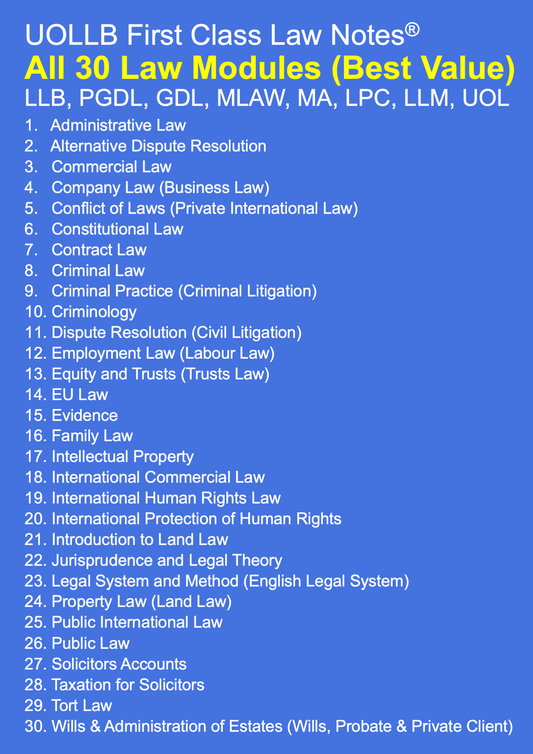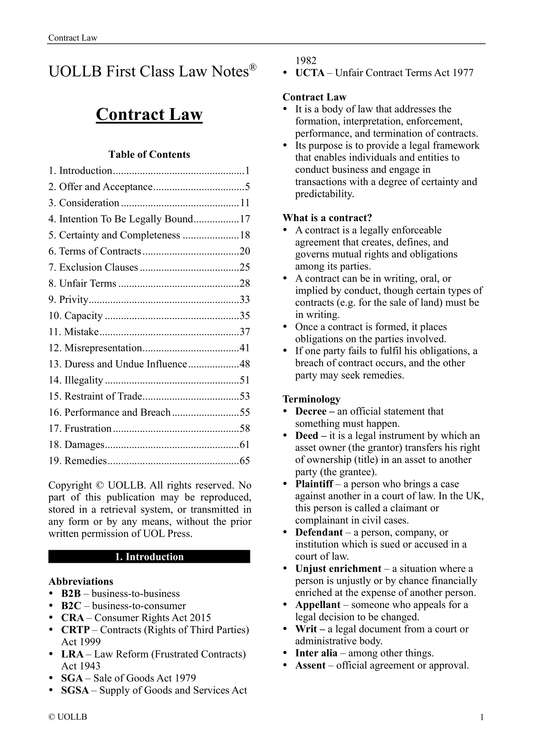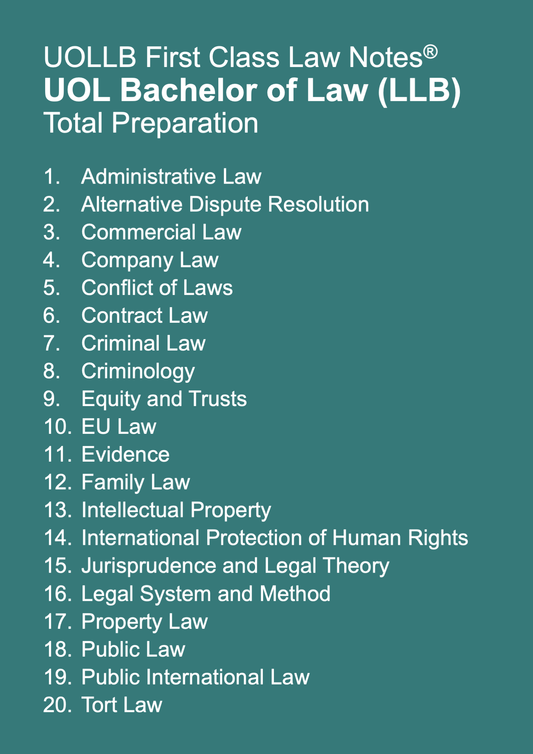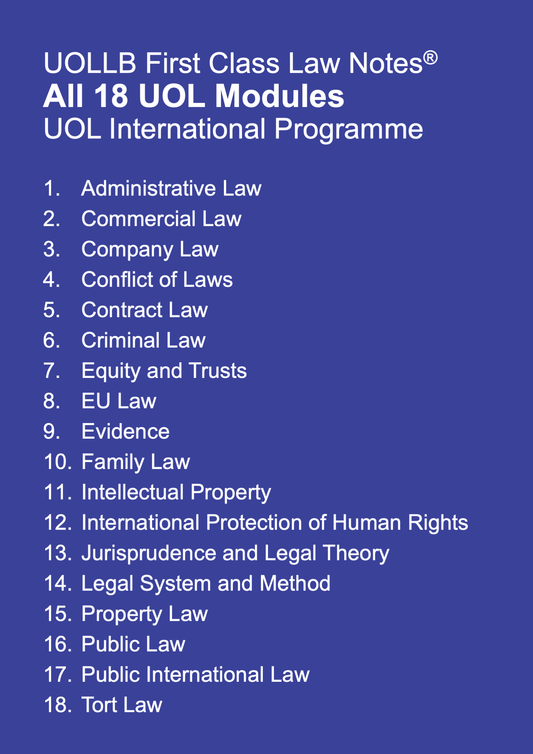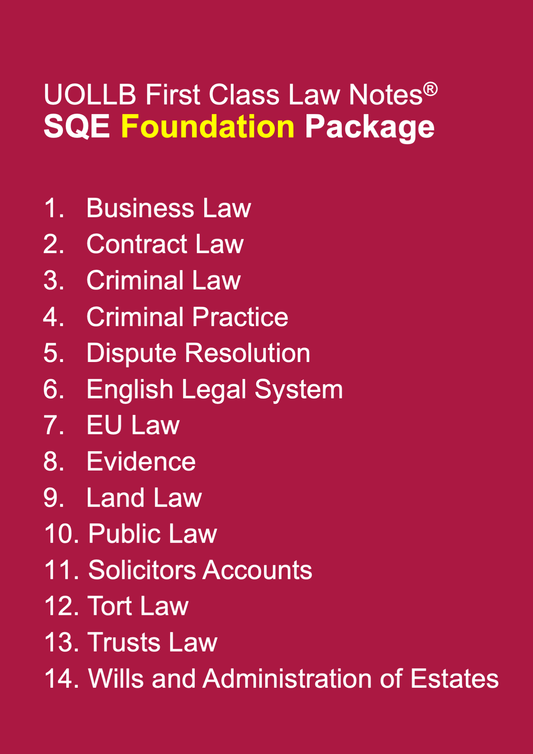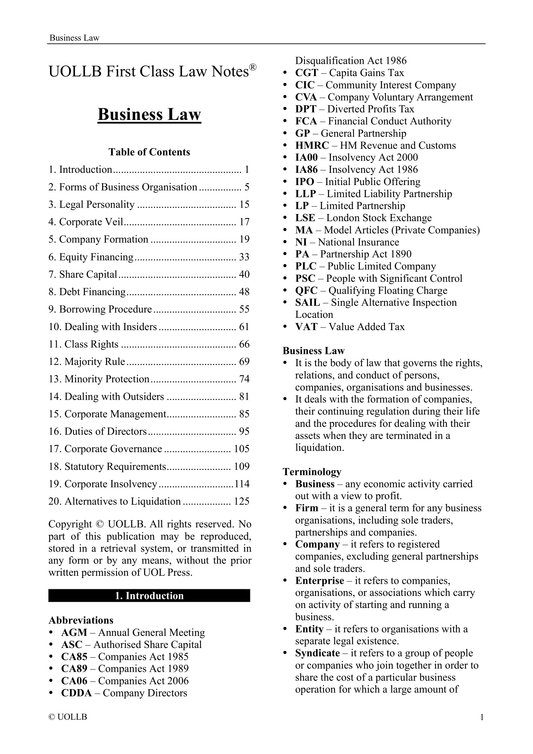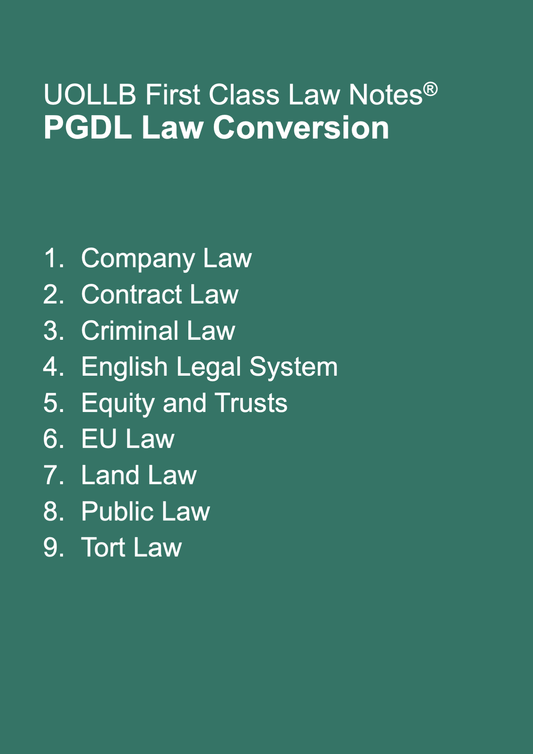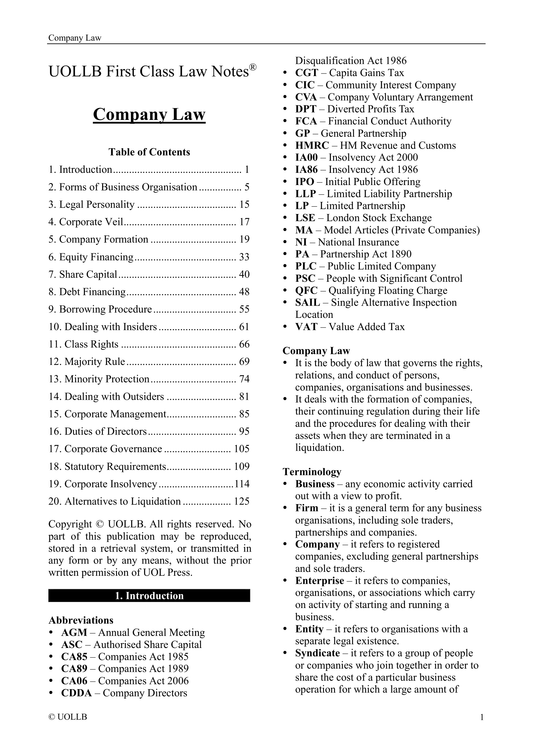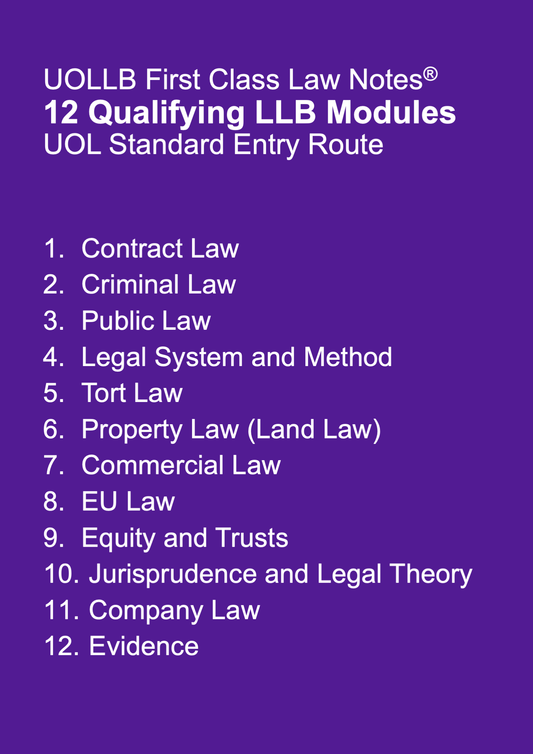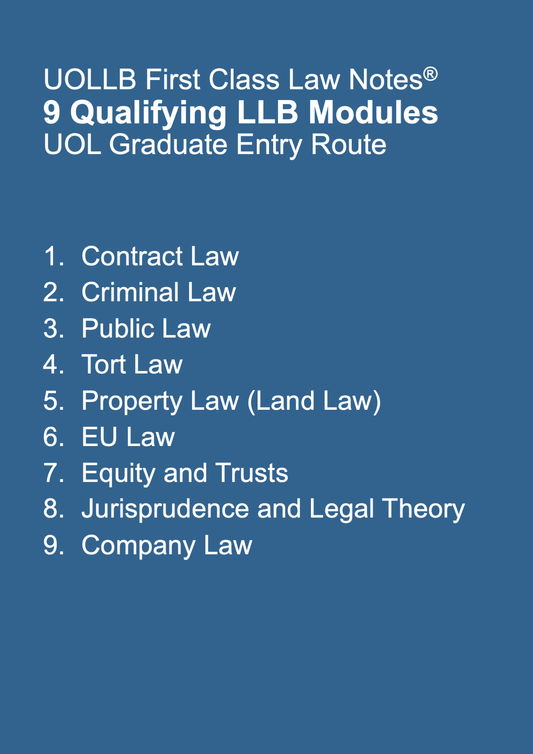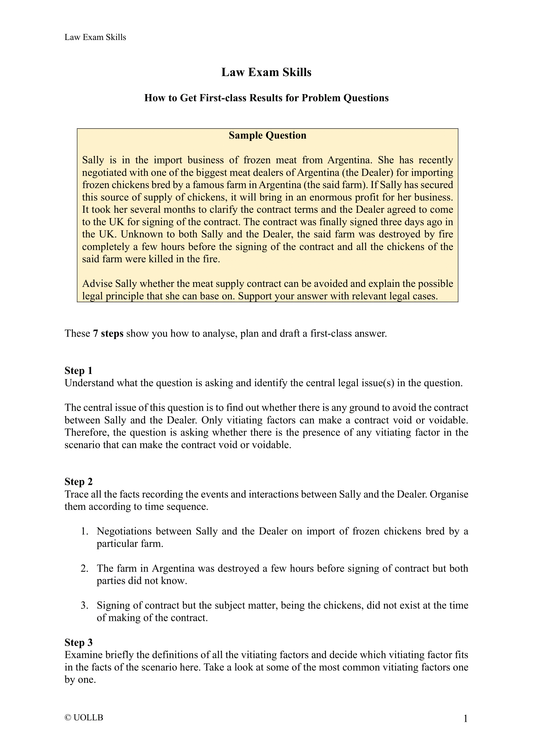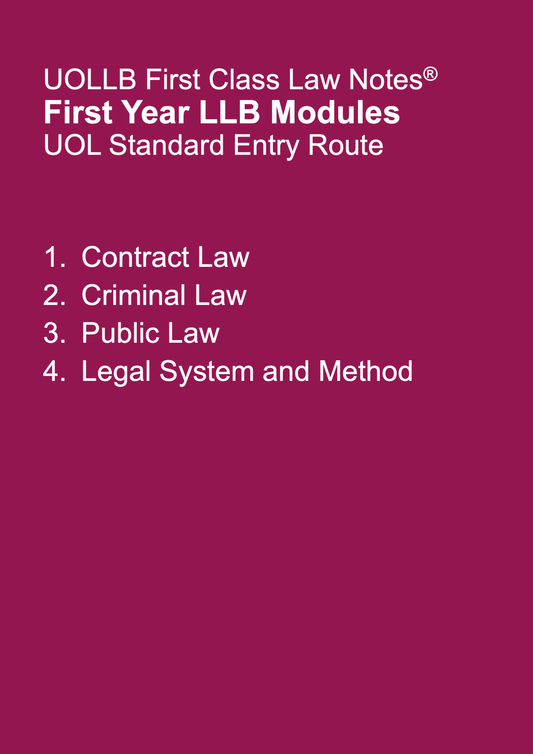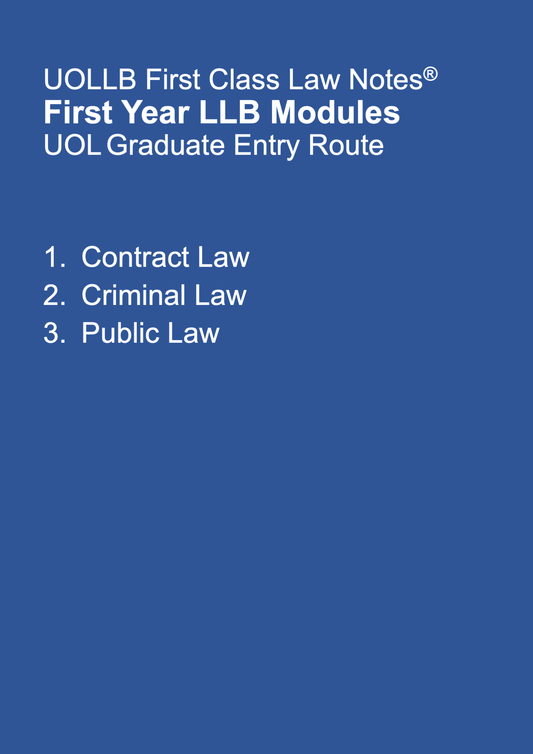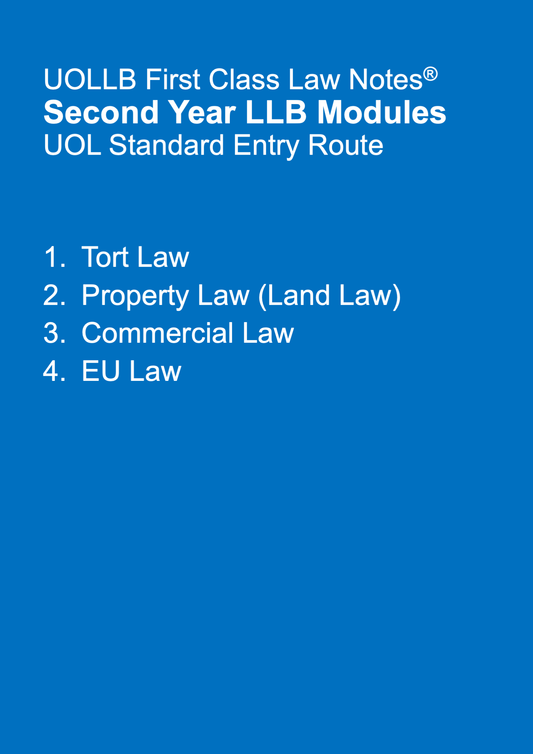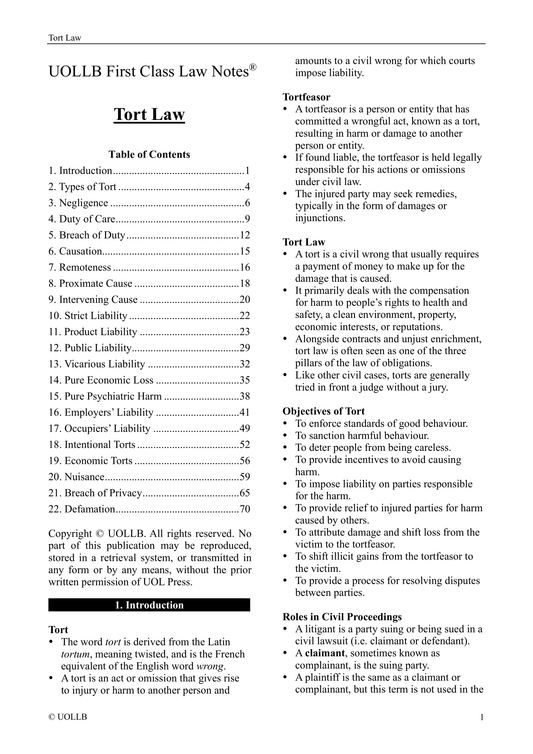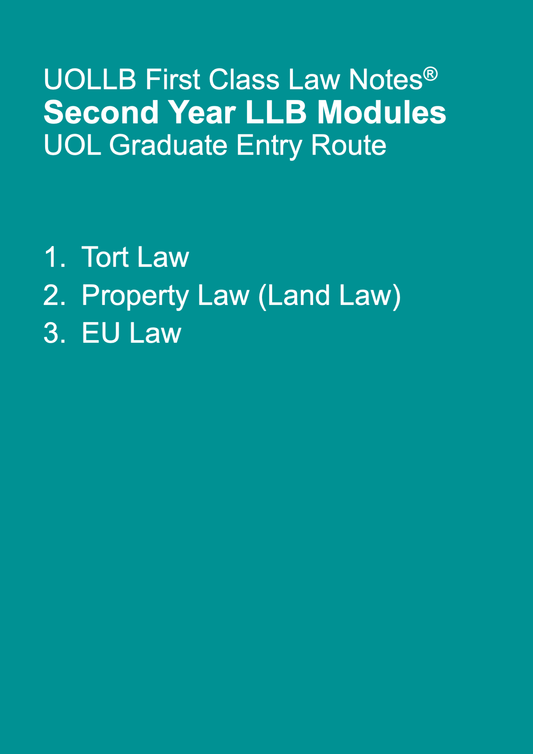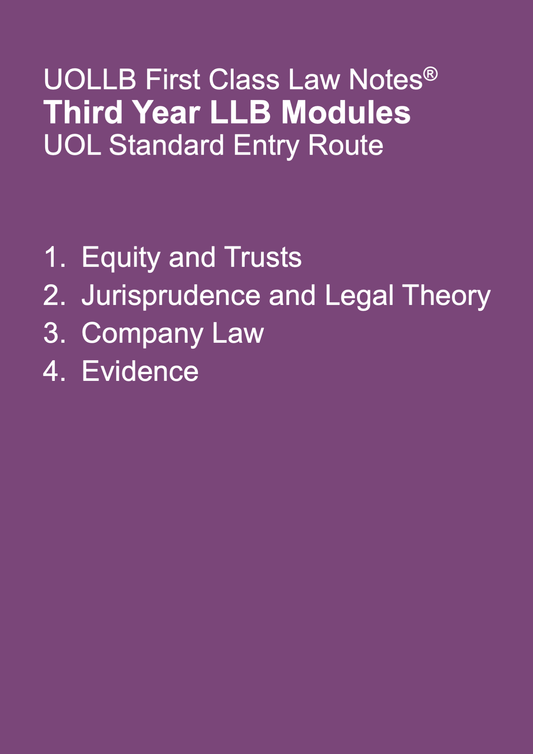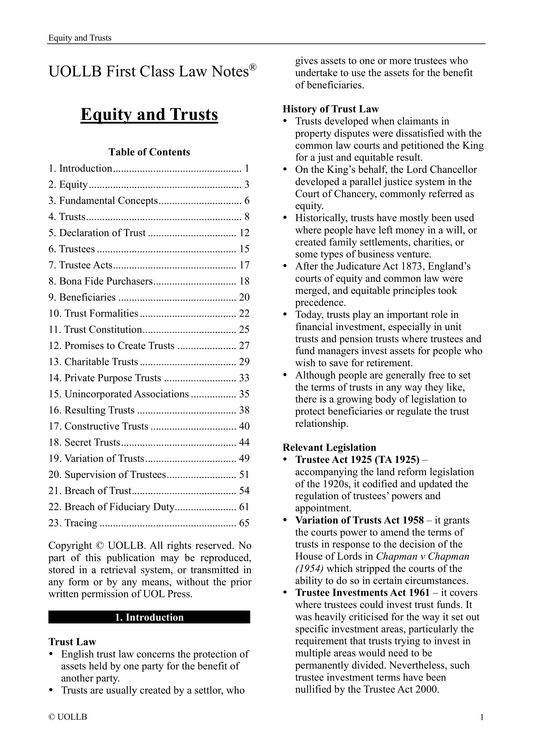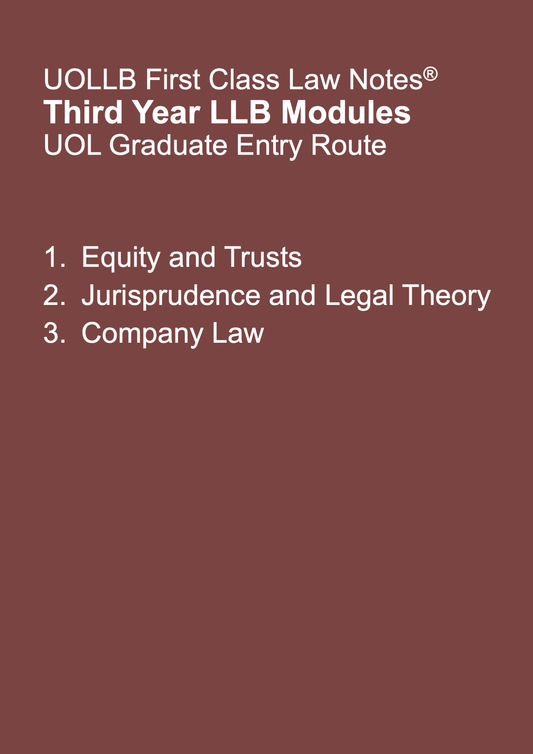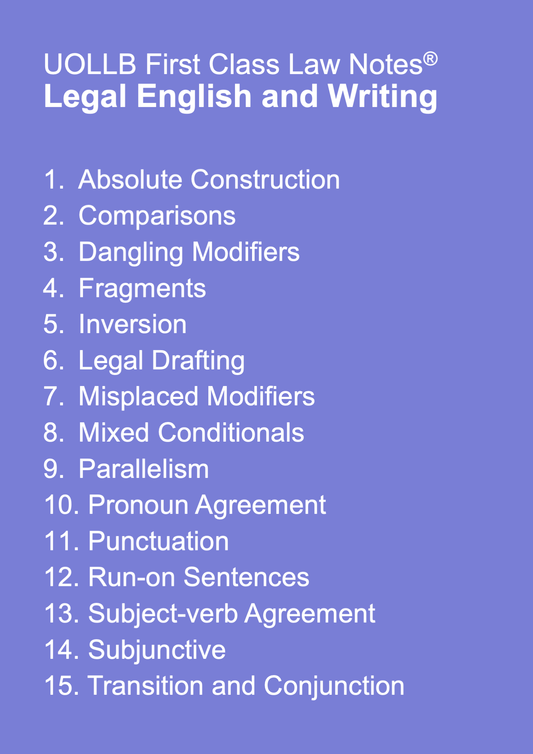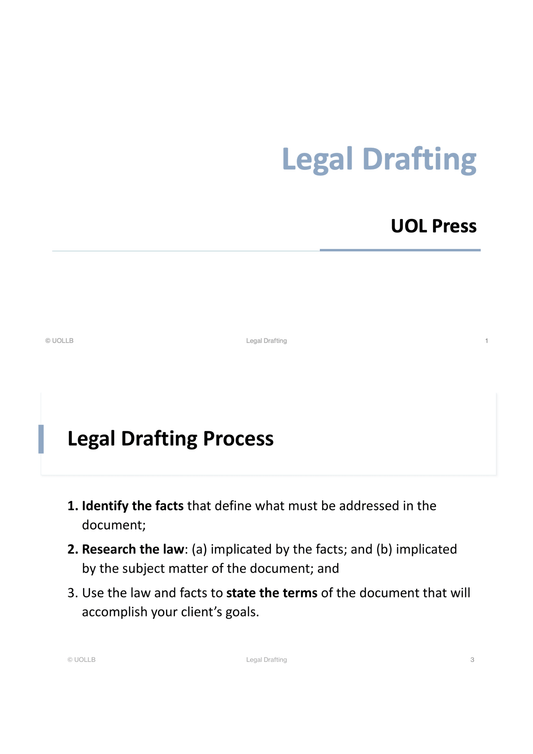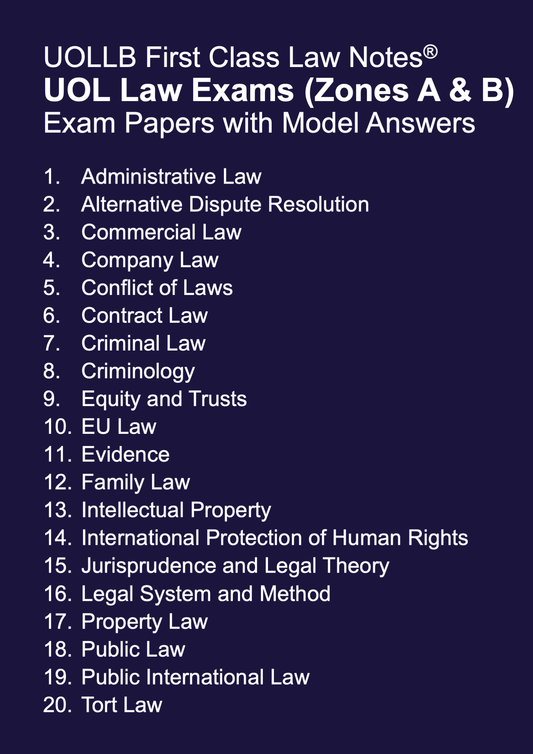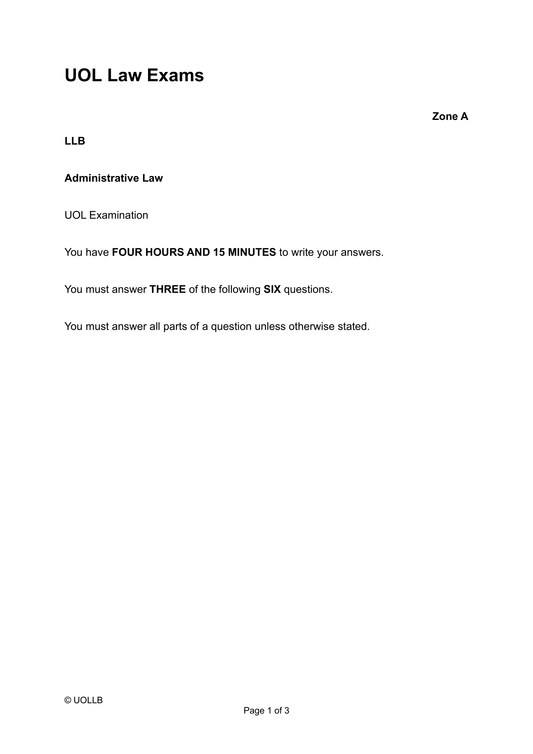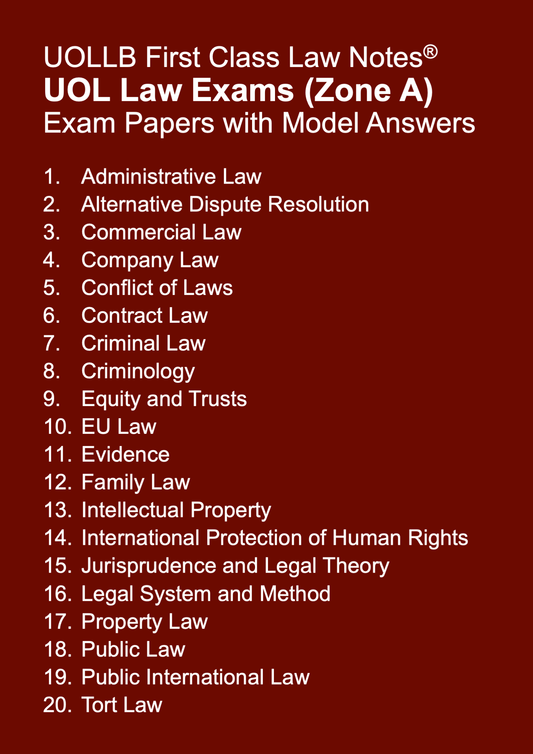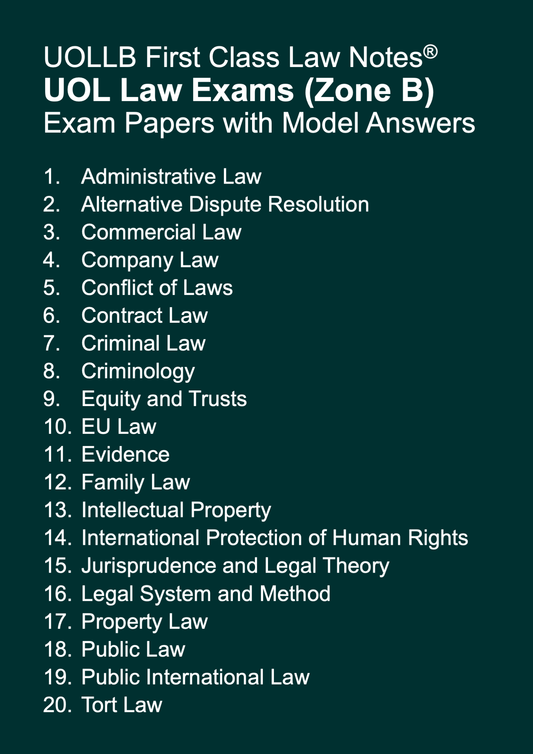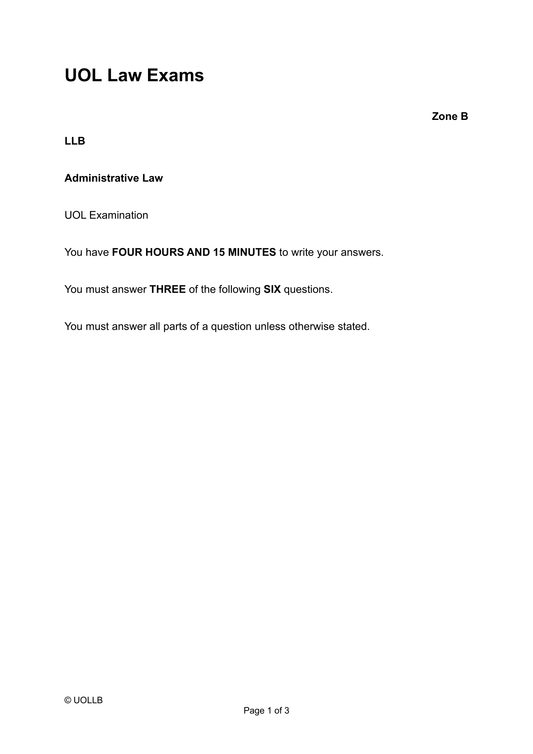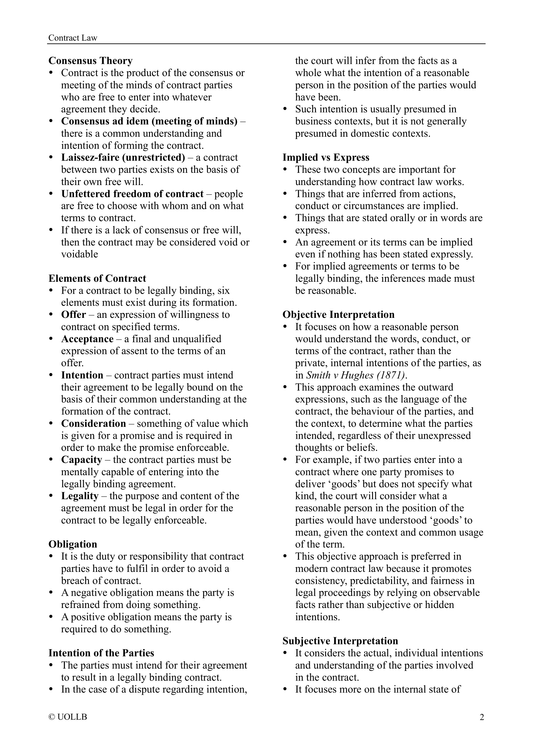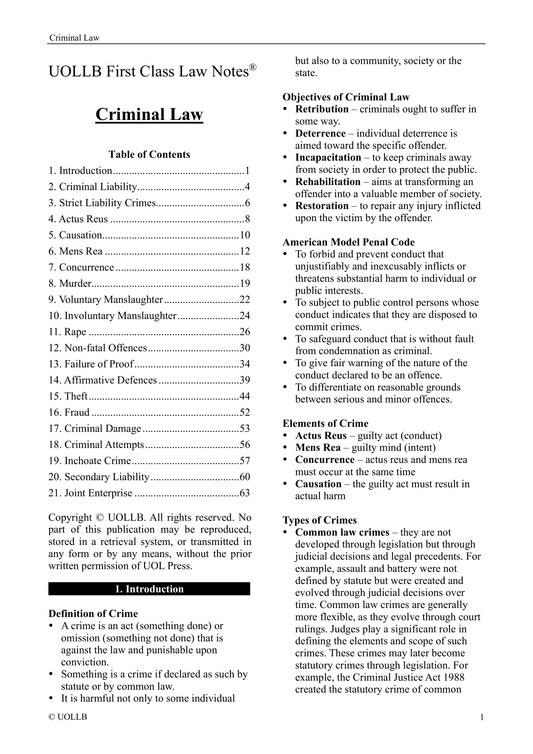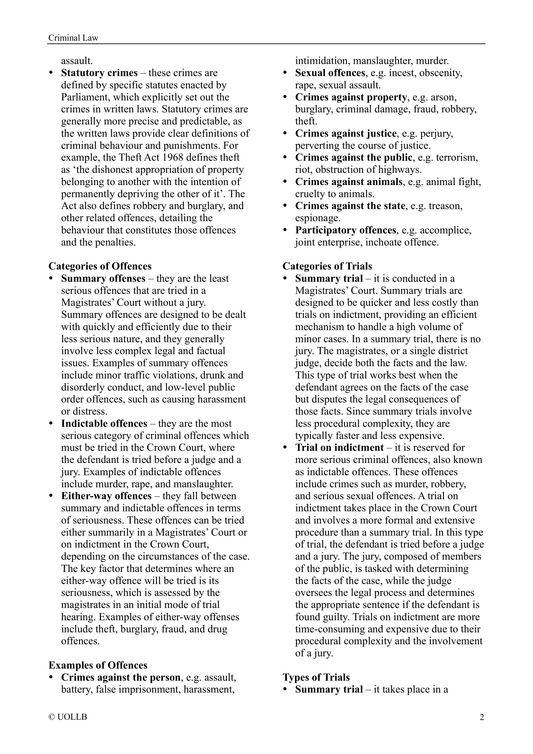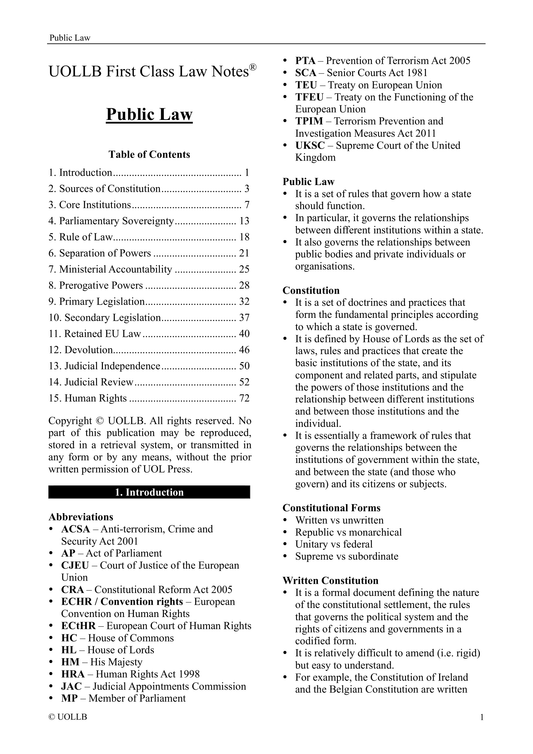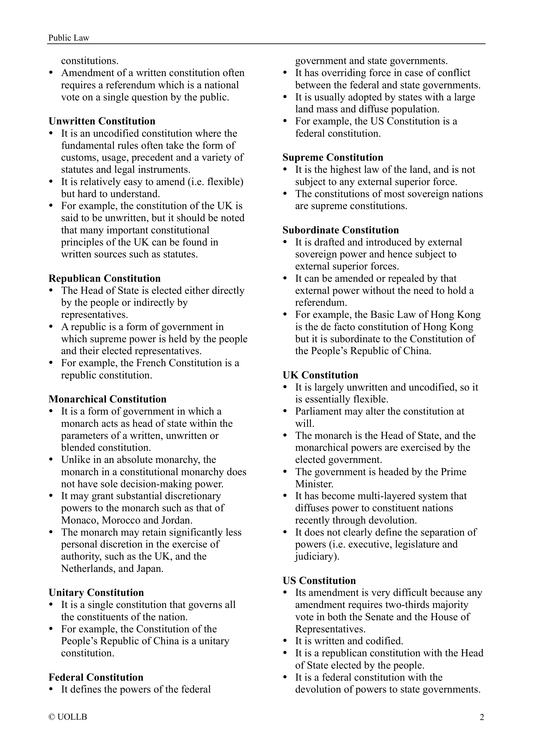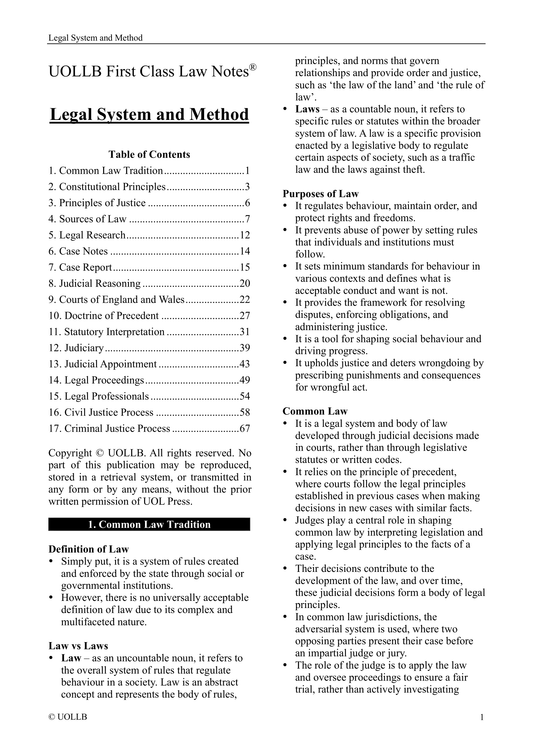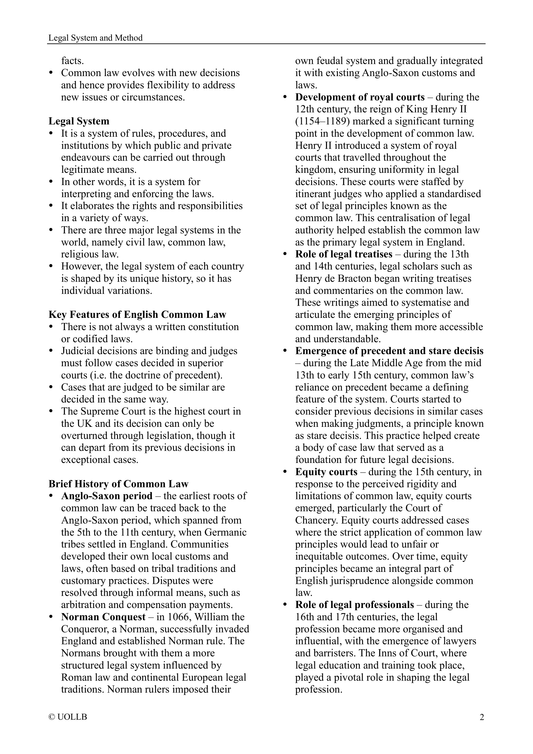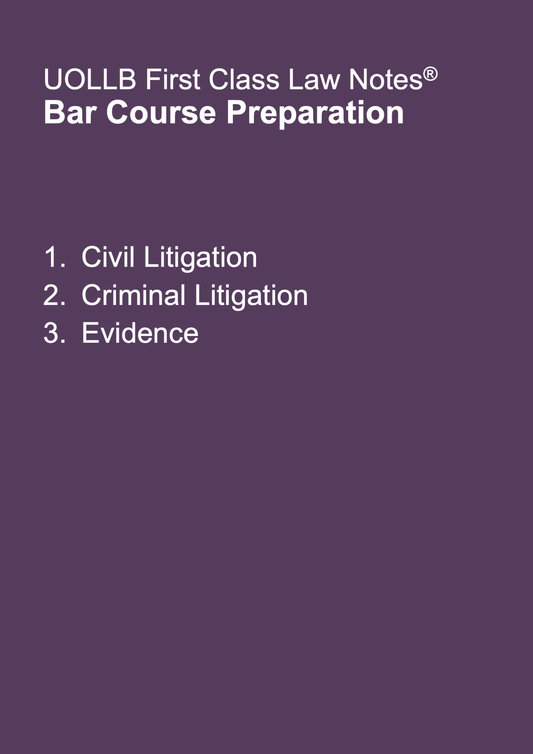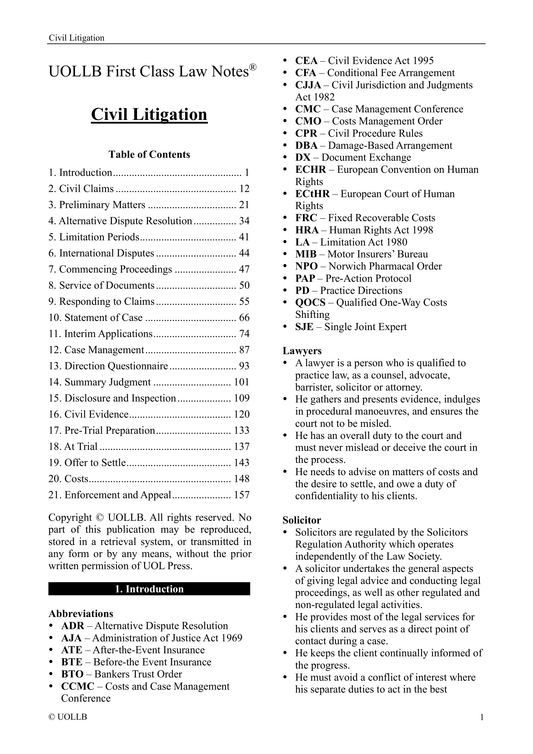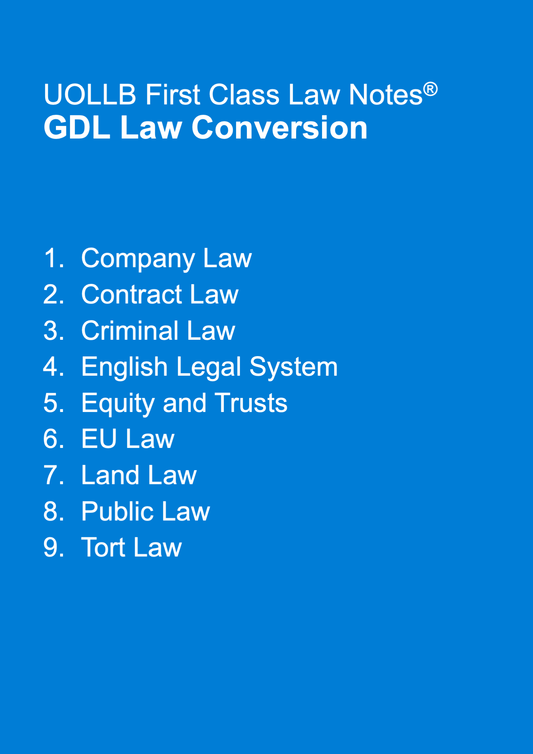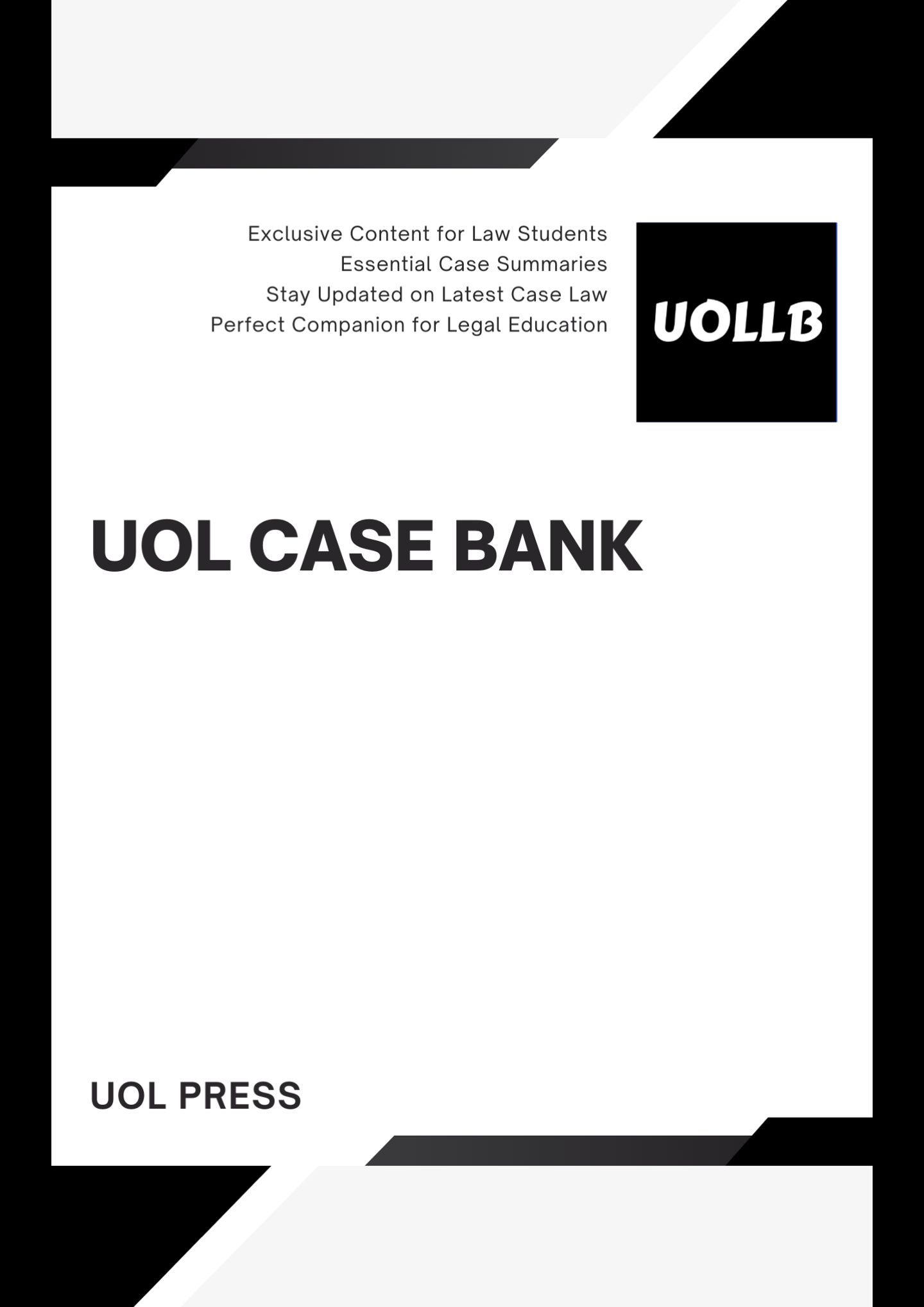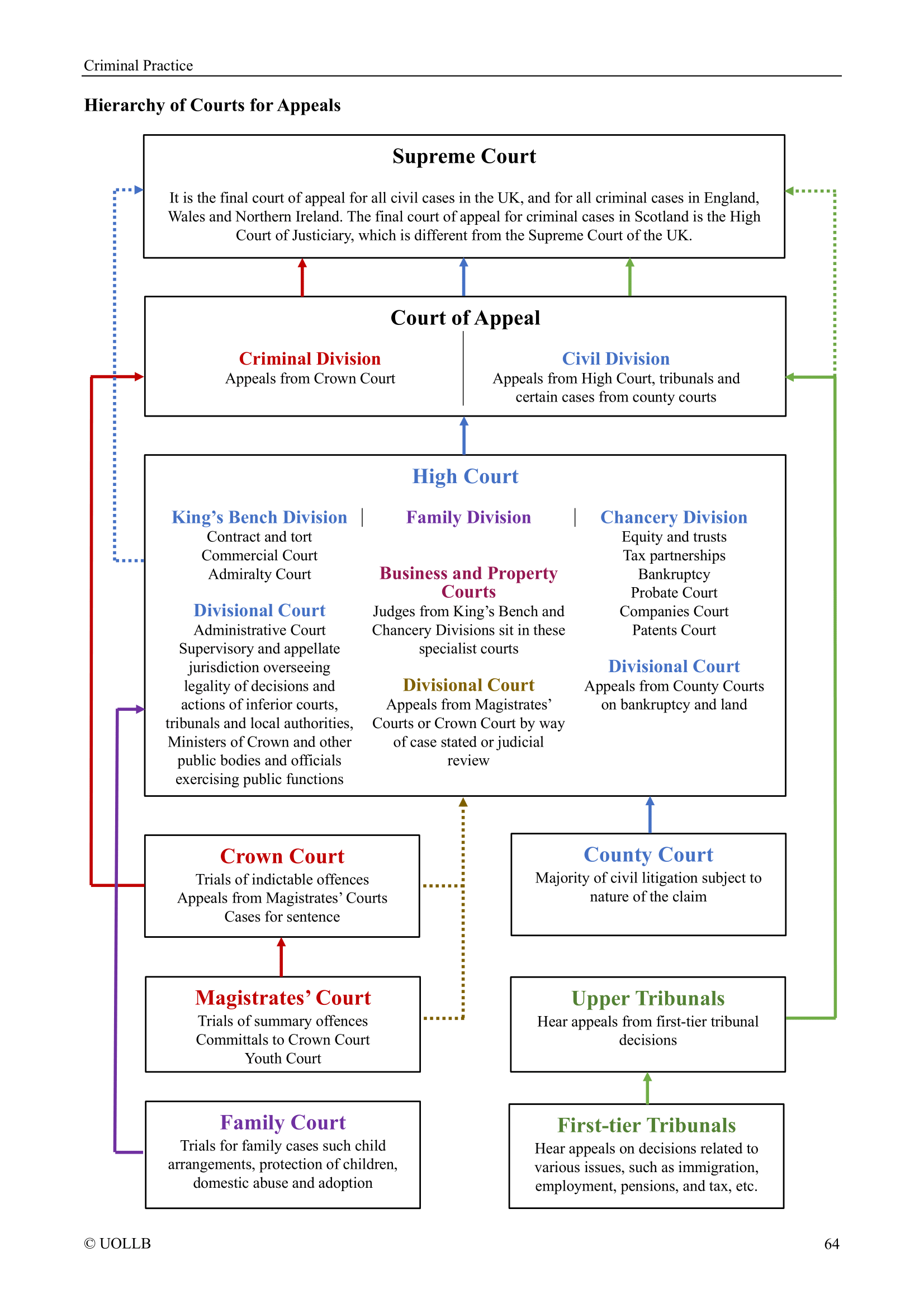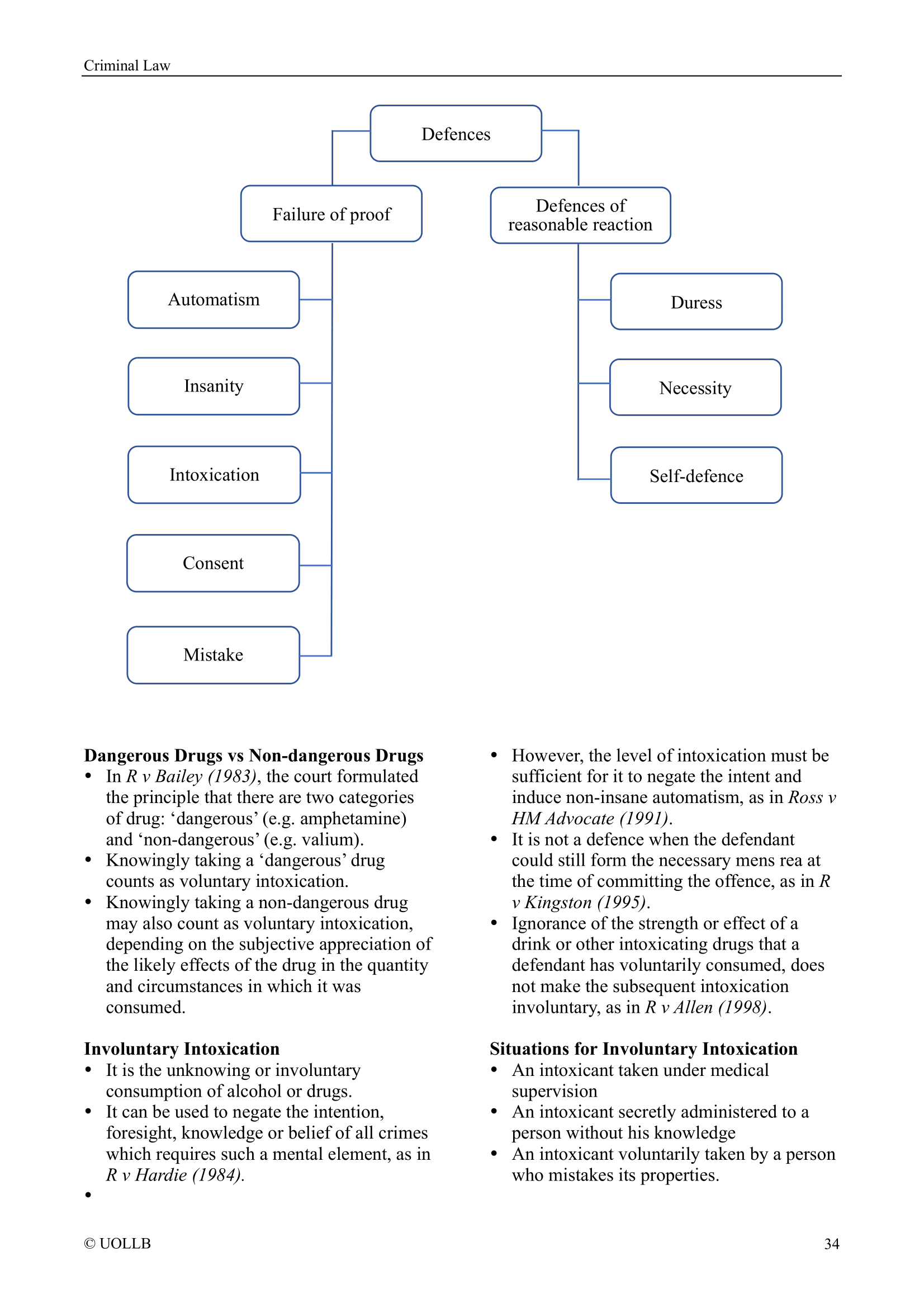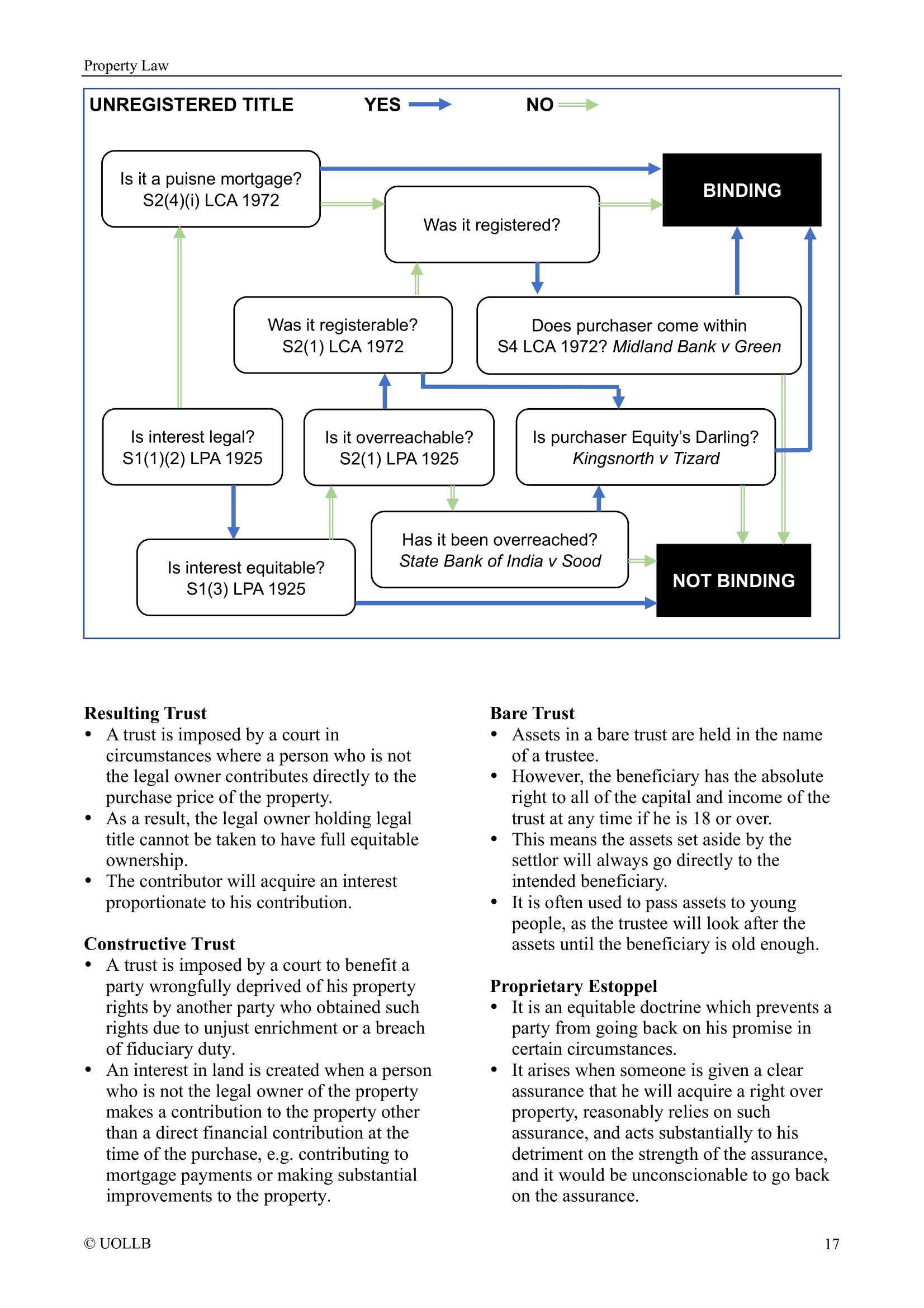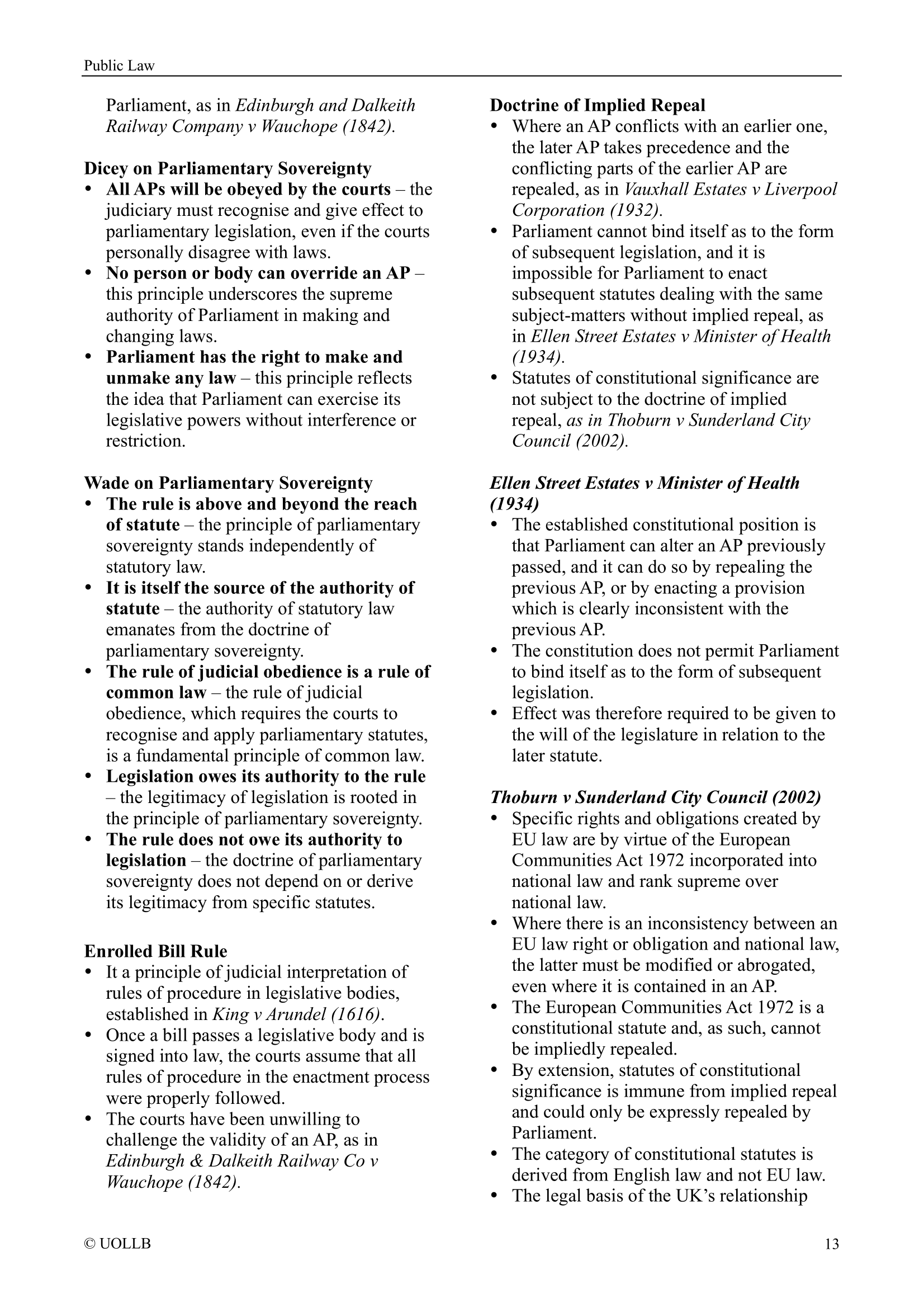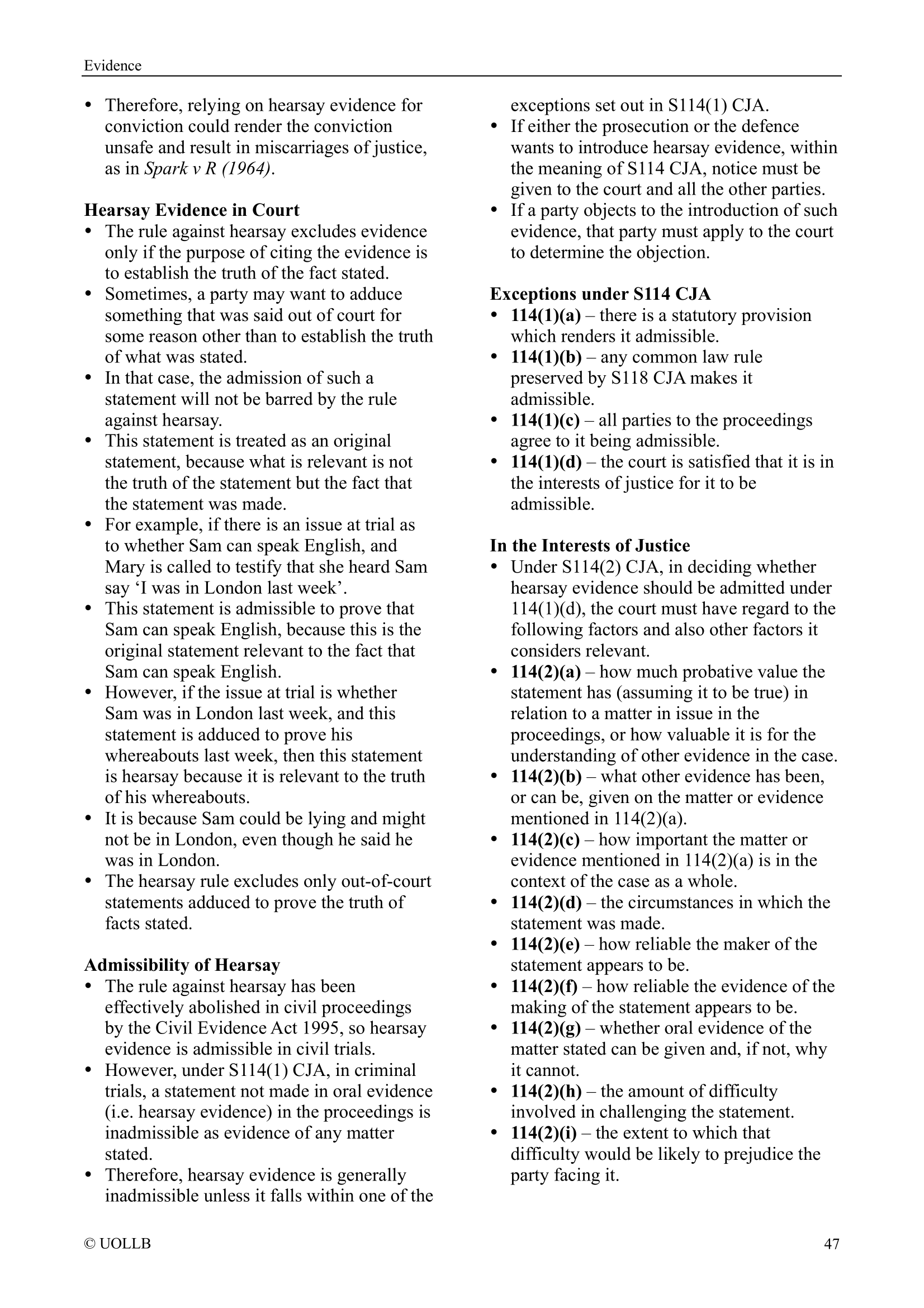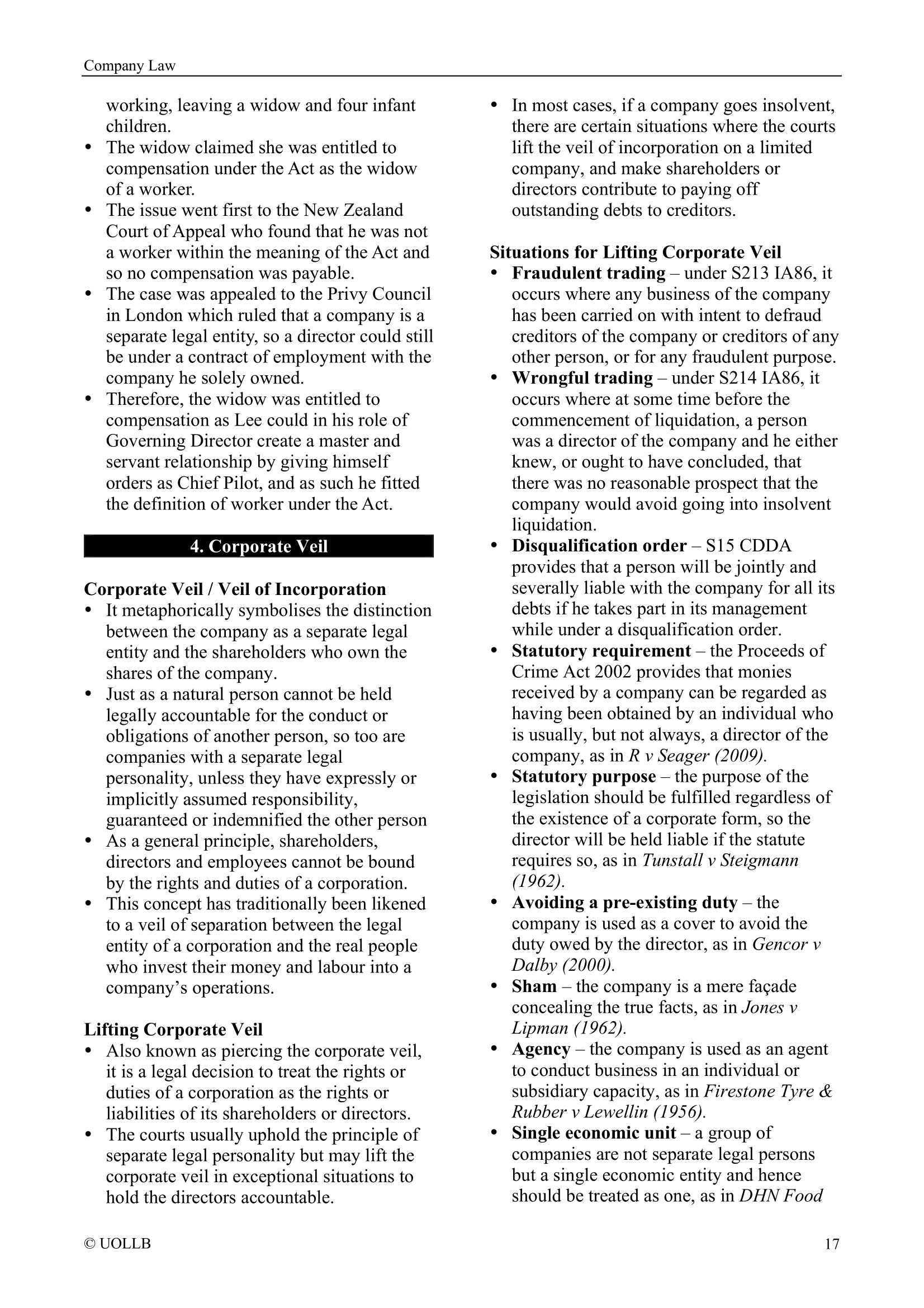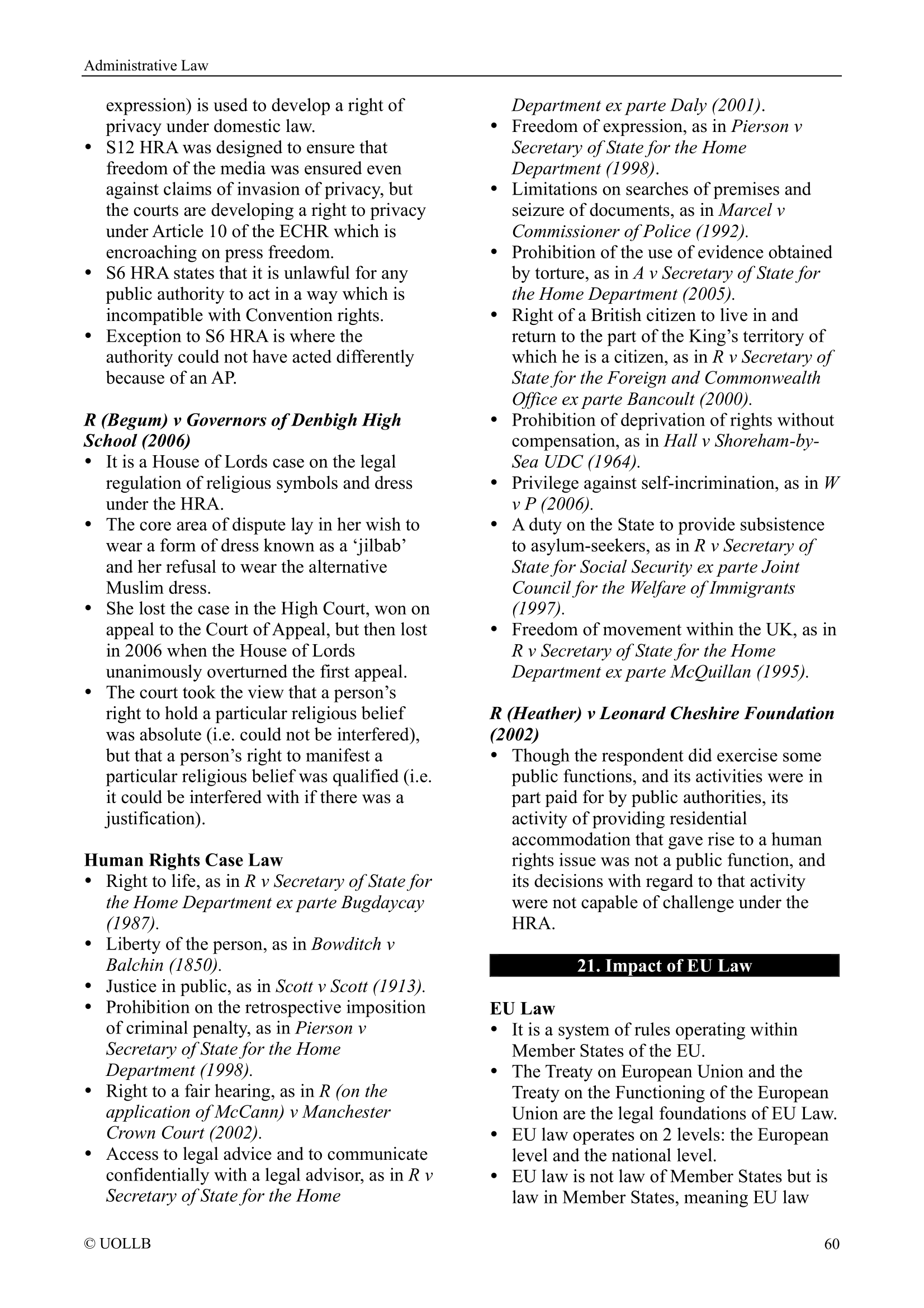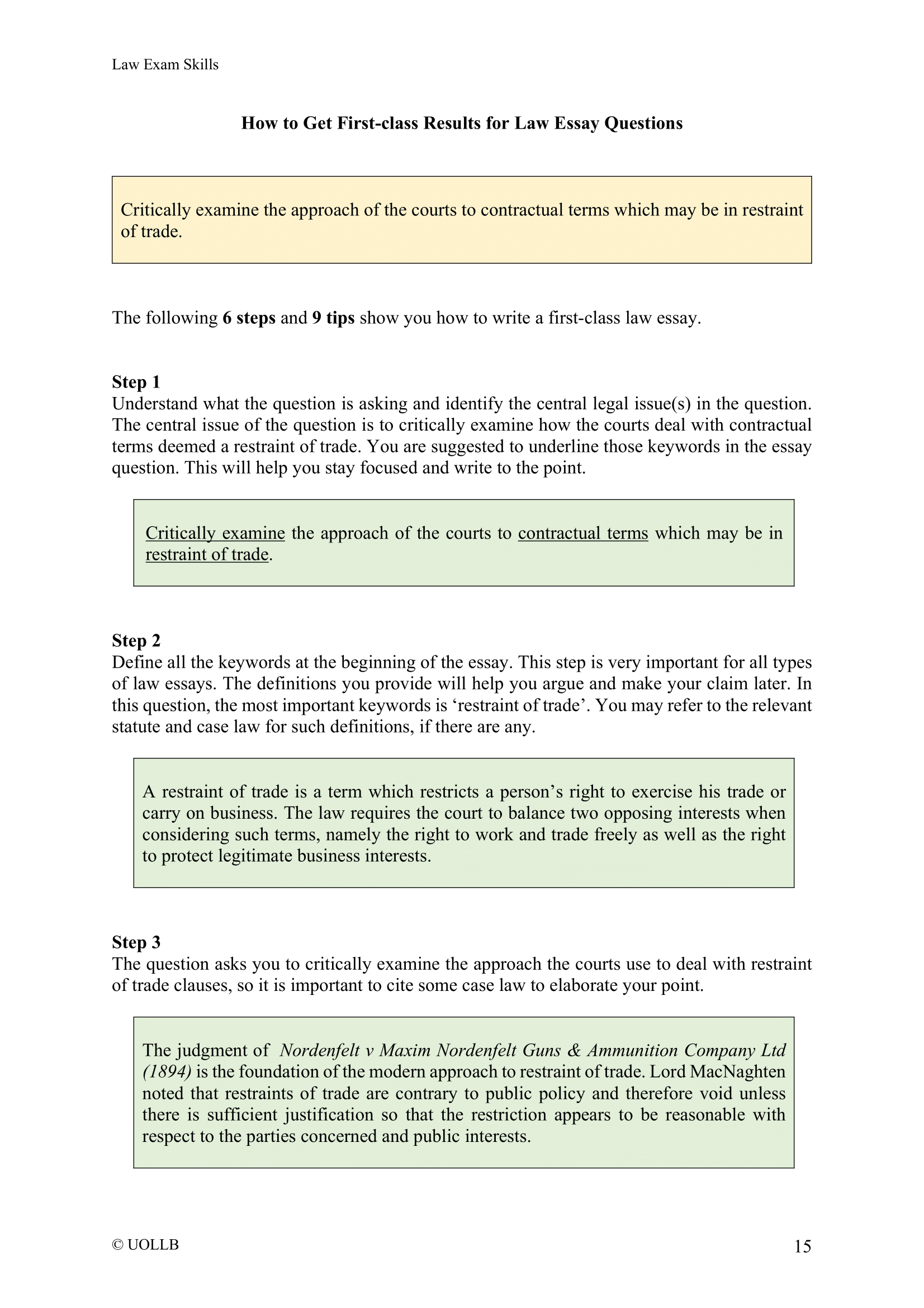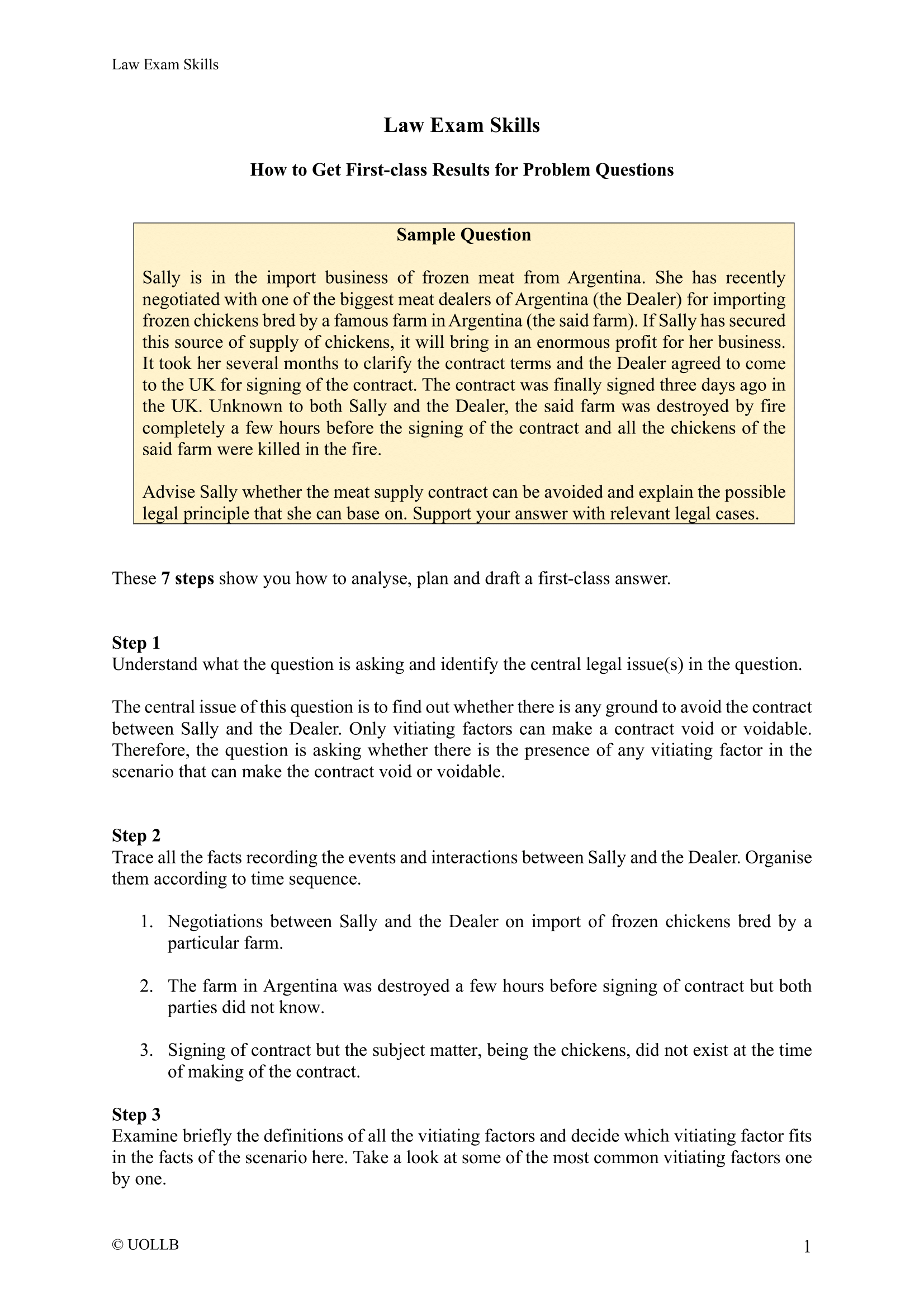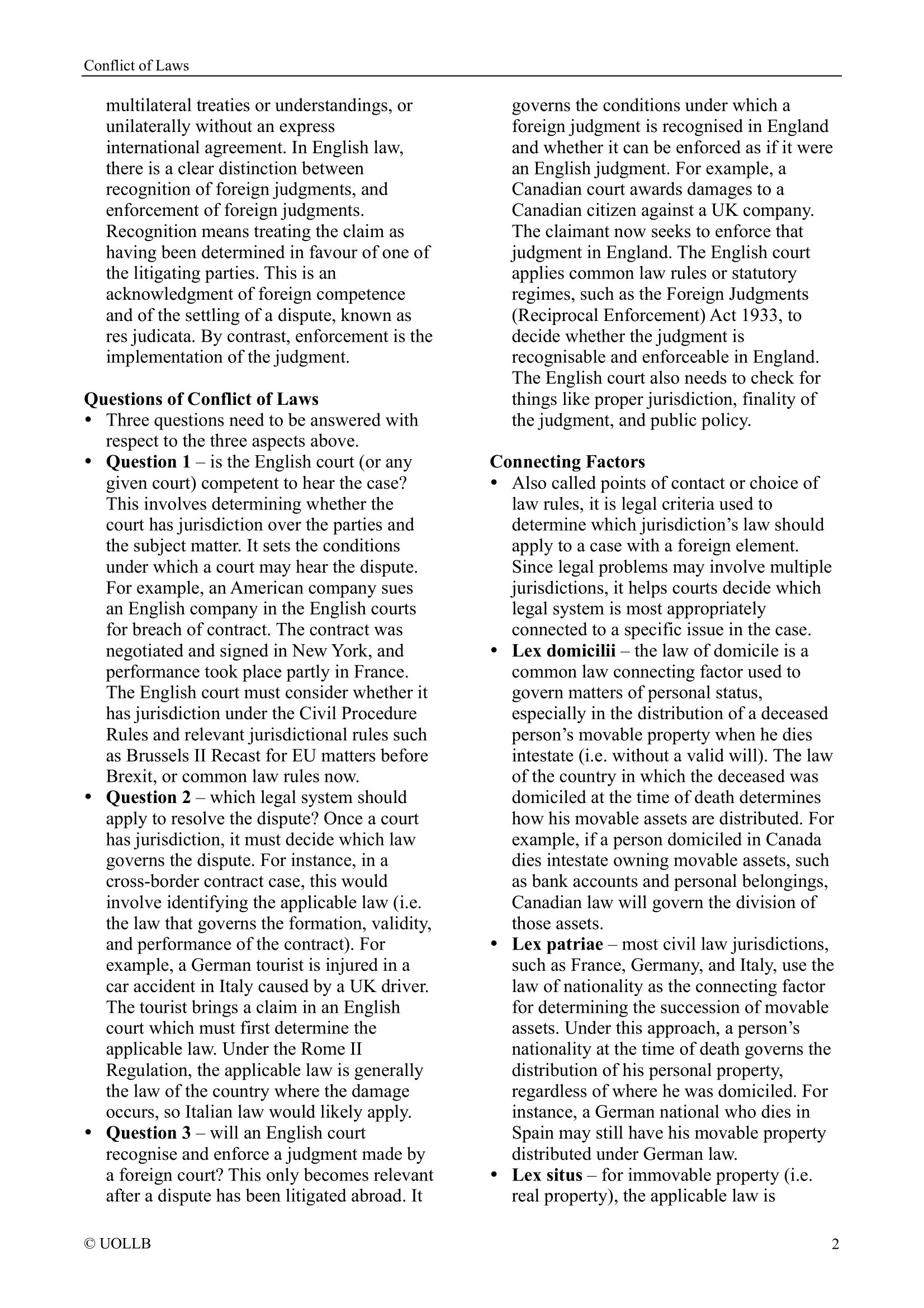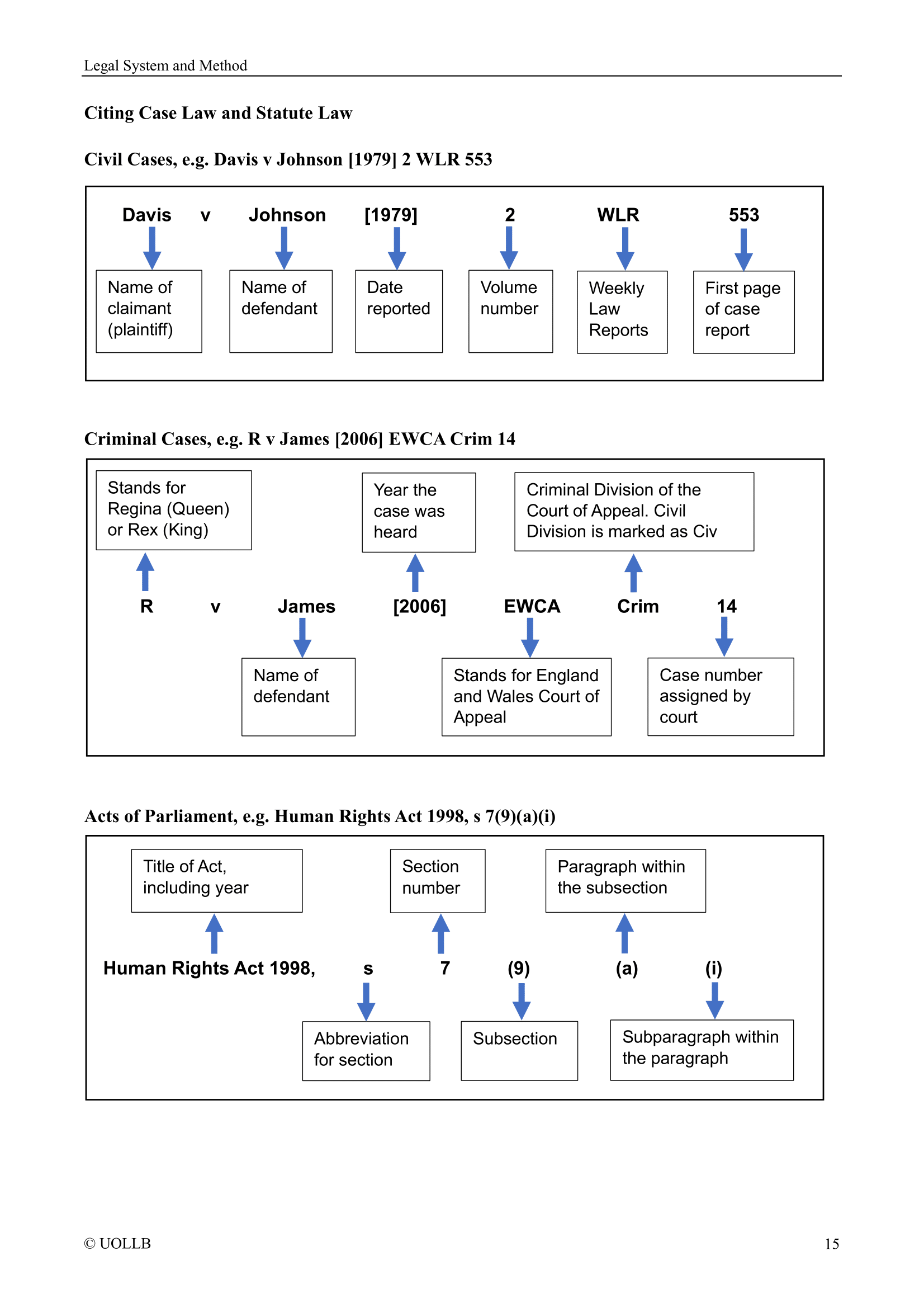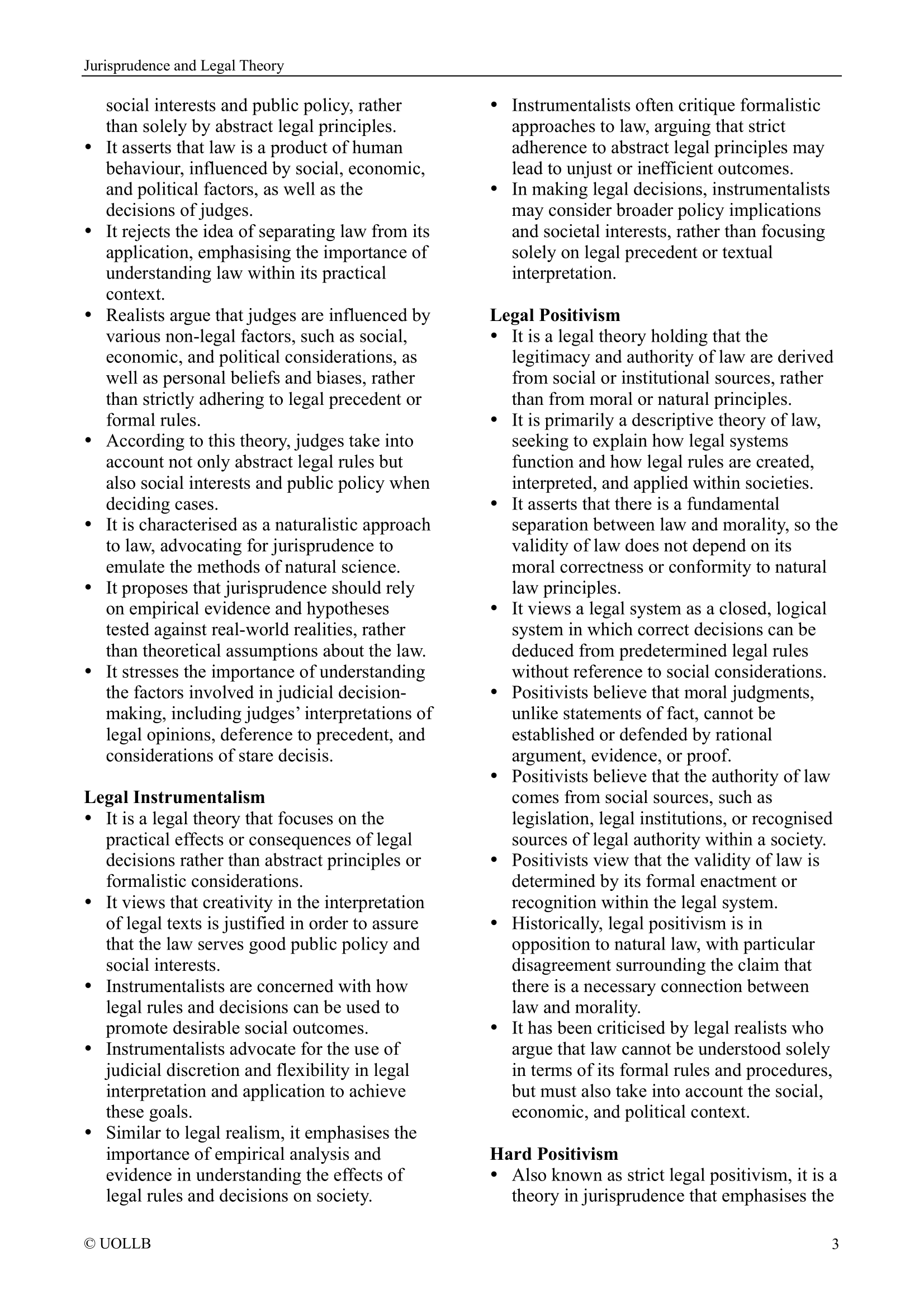In What Ways May Lease Be Brought to End?
Share
A lease can be brought to an end or terminated in several ways. The specific methods available may depend on the terms of the lease agreement, the applicable laws, and the circumstances of the tenancy. Here are some common ways in which a lease may be terminated:
Surrender: Surrender occurs when both the landlord and tenant agree to end the lease before its scheduled termination. The tenant voluntarily returns possession of the property to the landlord, and both parties must demonstrate a clear intention to end the lease.
Merger: If the landlord and tenant become the same person or entity, such as through the tenant purchasing the leased property, the lease may be terminated by merger. The lease and ownership interests merge into one, resulting in the termination of the lease.
Forfeiture: Forfeiture is the termination of a lease by the landlord due to the tenant's breach of lease terms. If the tenant fails to comply with significant obligations, such as non-payment of rent or violating lease covenants, the landlord may terminate the lease and retake possession of the property.
Repudiation: Repudiation occurs when one party indicates their intention not to perform their obligations under the lease, leading to a breach. If the other party accepts this repudiation, it can result in the termination of the lease.
Frustration: Frustration, as mentioned earlier, is an exceptional circumstance where an unforeseen event occurs that renders the lease impossible to fulfill or significantly changes the nature of the lease. In such cases, the lease may be terminated due to frustration.
Effluxion of time: A lease will naturally come to an end upon the expiration of the lease term as specified in the lease agreement. Once the agreed-upon term has elapsed, the lease terminates automatically without the need for any further action.
Notice to quit: Depending on the jurisdiction and the type of tenancy, the landlord or tenant may be required to provide a notice to quit to terminate the lease. This notice must be served in accordance with specific notice periods and requirements defined by the applicable laws.
Disclaimer: If the tenant disclaims or renounces their interest in the lease, it terminates the lease. This typically occurs when the tenant indicates they no longer wish to occupy the property and formally disclaims their rights and obligations under the lease.
